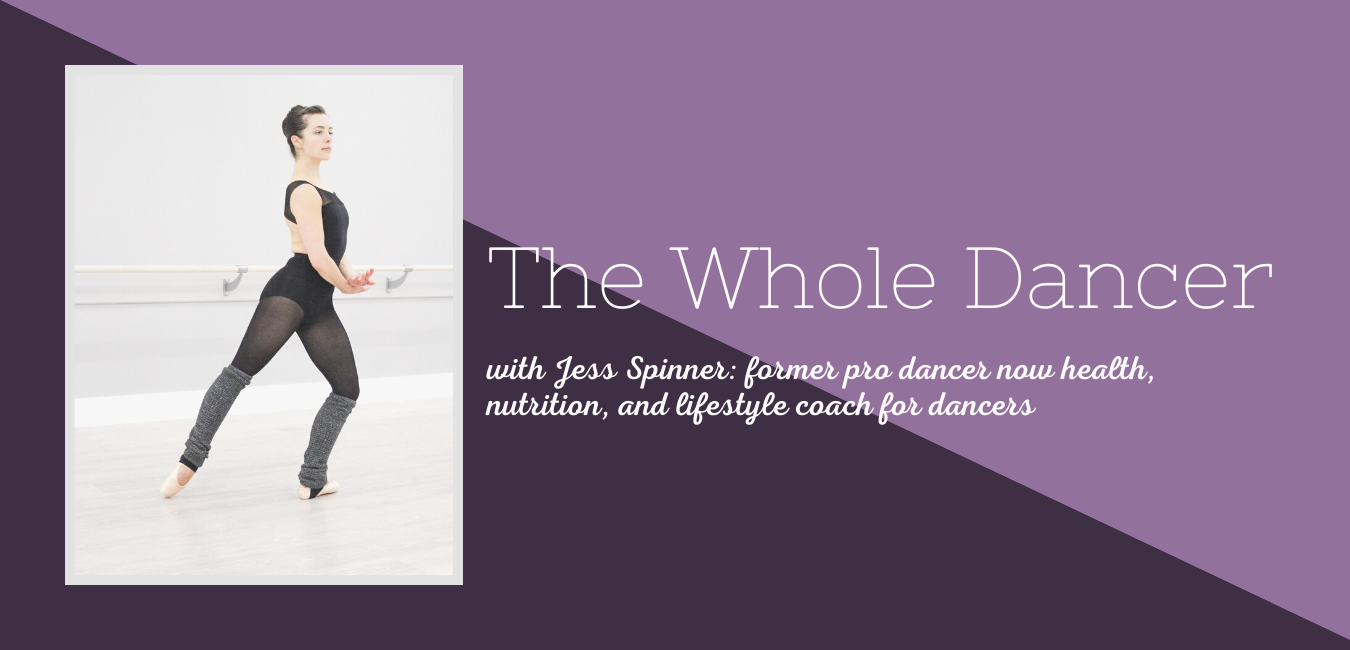Protein tends to be the one macronutrient that dancers feel pretty good about. There are times when fats and even carbohydrates develop a negative connotation in a dancer’s mind, but protein is generally viewed as “good.”
Here’s an important point before we move on: All macronutrients are needed in a dancer’s performance-focused eating plan. They each serve important roles in supporting your body to function optimally. If you cut out or minimize a macronutrient group, your body will take unhelpful measures to make up for it.
If you severely limit carbs, for example, your body will begin to break down fat into ketones for energy. This is called ketosis, which can cause side effects such as bad breath, headache, fatigue, and weakness. It’s important not to severely limit any macronutrients. You also don’t want to significantly favor one macro over another.

How much protein do dancers actually need?
In most cases, the concern isn’t that dancers are eating too much of anything. Most dancers are in fact underfueling (for more on underfueling and other common nutrition missteps among dancers, click here). However, protein tends to be the one area where dancers might go overboard.
The messaging we cling to is that you need more protein if you’re an athlete. To be strong, eat protein. To build muscle, eat protein. While it’s true, protein is essential in repairing and building skeletal muscle and connective tissue, more doesn’t always mean better.
[Coming up, I’m going to talk through some numbers and mention calories and body weight. If you find that information triggering, please skip the next 2 paragraphs.]
According to the International Association of Dance Medicine and Science Nutrition Resource paper, the recommendation of protein for dancers is just 12%–15% of calories. Another way to calculate your needs would be 1g of protein per kilogram of body weight.
You can figure this out by converting your weight in pounds to kilograms and that’s how much protein you need in a day. A 135-lb dancer (61kg) will need 61g of protein per day. This math is simply to demonstrate that you might in fact need less than you think you do. There’s a lot of messaging in the media that promotes high protein eating. As an artist and athlete, you may be tempted to take that to an extreme.
Too much protein can have negative consequences.
When I was dancing, protein was always a big focus. Throughout college, I would aim to stay very low in calories while maximizing protein. This habit only intensified when I started dancing professionally. I would add protein powder to my soy yogurt (which was already an abundant source of protein). At times I would also have a protein shake as a snack.
I see similar habits among the dancers I work with. In the mainstream media, a lot of the common recommendation these days is to aim for 30g of protein at each meal. It’s a common practice among dancers to increase protein intake to excess.
However, research indicates that your body cannot use protein for muscle building in excess of a personal ideal. So, if your body can only use 15g–25g of protein at one time, the excess will be stored. Extra protein is not used efficiently by the body and may impose a metabolic burden on the bones, kidneys, and liver.
When you eat a diet too high in protein, it leads to a large amount of acid in body fluids. The kidneys respond to this dietary acid challenge with net acid excretion, and, concurrently, the skeleton supplies a buffer by active resorption of bone, resulting in excessive calcium loss.
How can dancers find balance with protein?
When you focus on including all macronutrients at each meal and throughout the day, finding the balance won’t be so challenging. As you’ll hear me often say, your food relationship has to come first. Once you’re in a mindset that allows all foods without judgment, you’ll be able to develop the ability to put easy and balanced meals together.
The only fact we can all hold onto is that everyone’s protein needs are different. If you’re struggling to find balance in your approach to food for dance, reach out! Schedule a complimentary coaching call and gain support towards confidence in your fuel plan.
